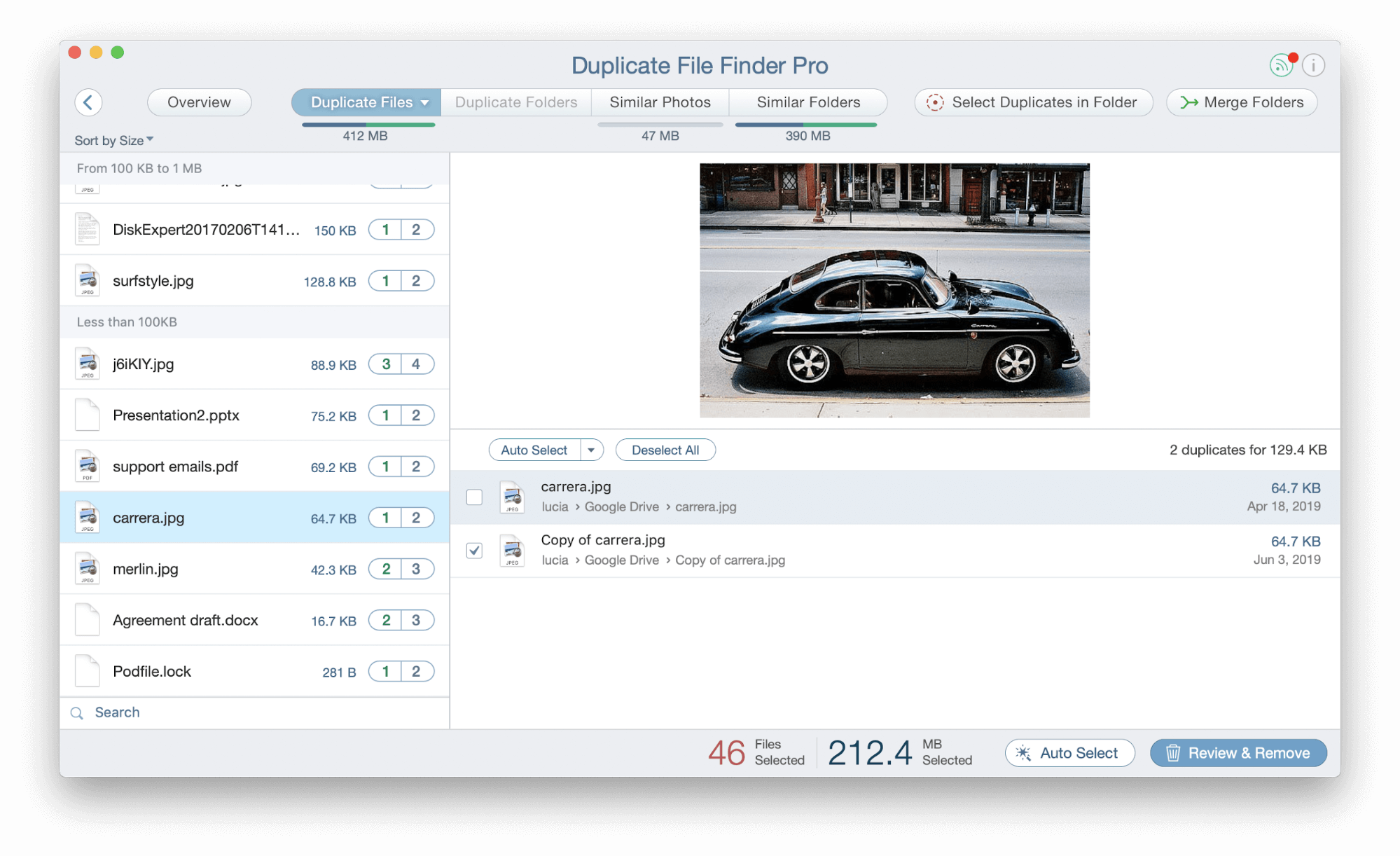
Click the Select Duplicates button to choose between retaining the photos by the smallest, biggest, high resolution, low resolution, newest, oldest or by the location criteria (see the following screenshot). The results are gathered quickly and appear in the user interface of PictureEcho fairly quickly. Click the Start Search button to launch the scan to weed out visually similar images in Google Drive. 
Selecting the checkbox for Show preview is a neat idea as it leads to the photo previews shown to the user in the results section to better equip them on taking an appropriate decision.
Next, select the radio box for Similar Match. Launch PictureEcho, and add C:\Users\%username%\Google Drive via the Add Path button to the list of locations(s) to be scanned for visually similar images.Īdding up the Google Drive folder to be scanned. Also, select the radio box for Sync everything in My Drive. Select the checkbox for Sync My Drive to this Computer. Locate and select the Google Drive section. Next, click on Preferences to access the Settings window. Locate the three vertical dotted button and click it to open its menu. This sets the sync process in motion and all the user data is synced from Google Drive to their computer. Login to your Google account through the application. This platform is used to sync all the changes with Google Drive servers. Download Backup and Sync and install it. The user is required to be familiar with Google Backup and Sync desktop client. This solution demonstrates how to get rid of visually similar photos from Google Drive with the help of PictureEcho. .png)
This article utilizes PictureEcho for identifying and removing visually similar duplicate images in Google Drive with the maximum possible degree of accuracy. However, this task can only be performed by a purpose-built software application that can easily identify visually similar as well as duplicate photos.

This is yet another instance where sophisticated usage of Information Technology comes to the user’s rescue. Identifying such pictures manually is sure to take a tremendous amount of time, and sorting out the whole photo database into the good ones (to be retained) and the bad ones (to be removed) manually can mean a nightmare for all reasons. Some people tend to capture images in quick succession, which leads to the piling up of several/ many images of the same instance with minimal variation between the images.

Capturing beautiful sceneries and important moments in our life is a lot easier than before, due to the availability of high-quality cameras in today’s smartphones.



.png)




 0 kommentar(er)
0 kommentar(er)
